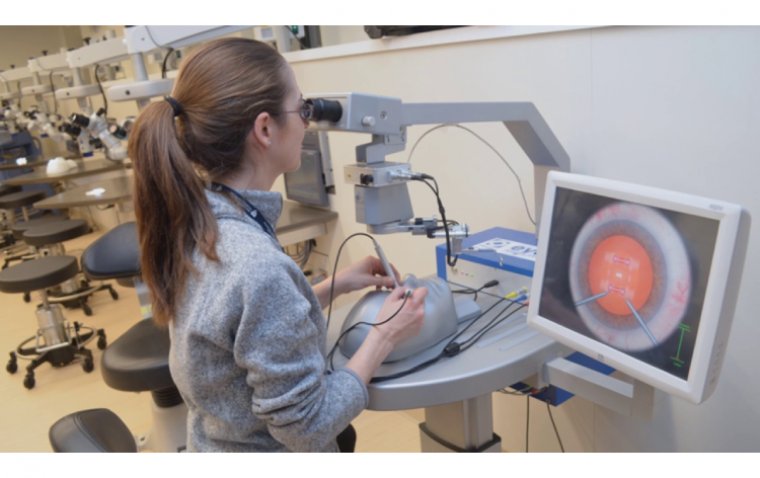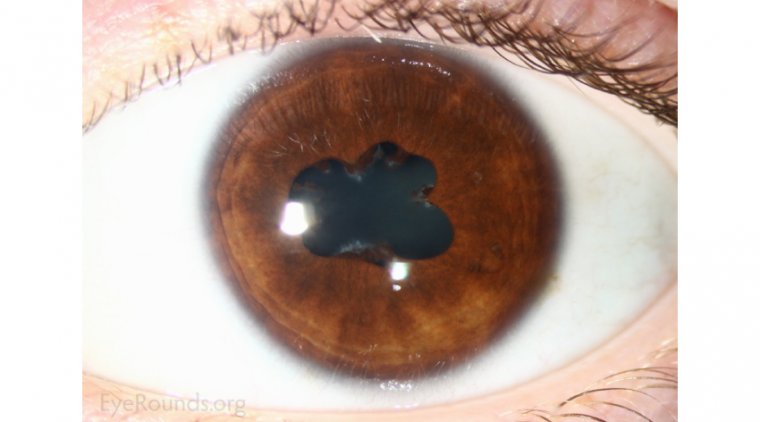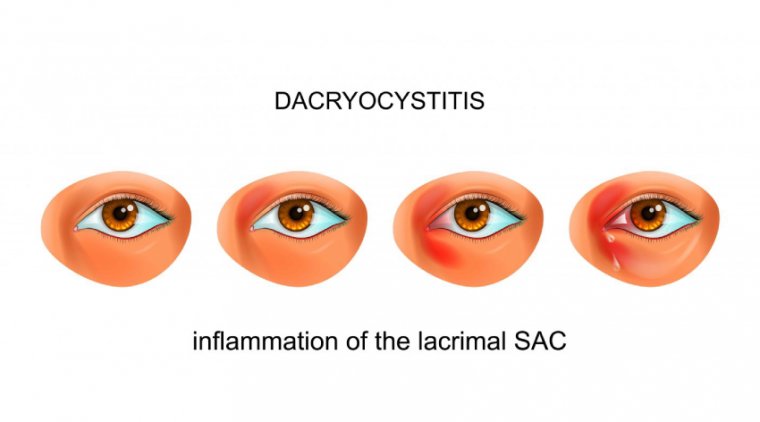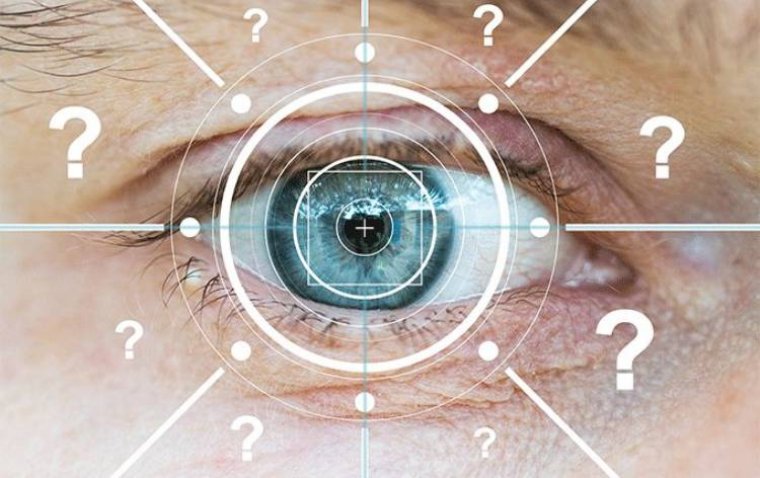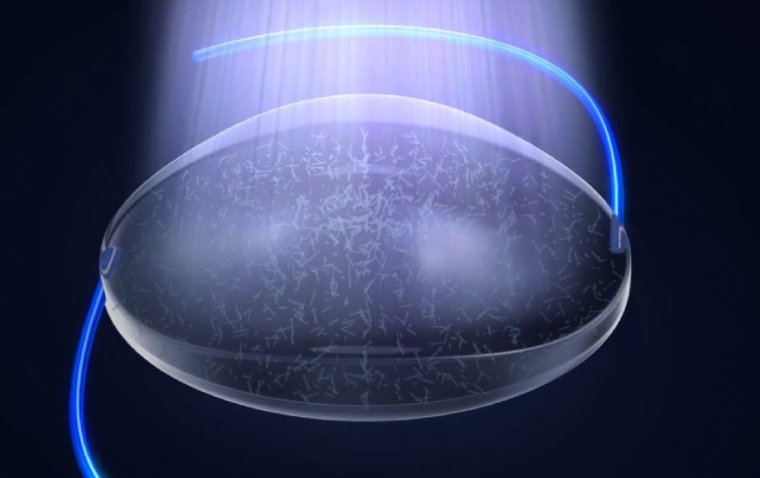
Is Light Adjustable Lens Right for You? Pros and Cons to Consider
Light Adjustable Lens (LAL) technology is a groundbreaking advancement in the field of ophthalmology, offering a novel approach to vision correction and the treatment of cataracts. Unlike traditional intraocular lenses that are permanently fixed in their refractive power, LALs can be adjusted postoperatively using specialized light treatments. This capability to fine-tune the lens after implantation presents a significant step forward in personalized vision care, giving both patients and surgeons greater control over visual outcomes.
The technology is particularly impactful for those undergoing cataract surgery, where the margin for error in lens selection can be especially consequential. In this article, we'll delve into the pros and cons of LAL to help you understand its potential benefits and limitations.
Pros of Light Adjustable Lens
The benefits of Light Adjustable Lens (LAL) technology are many, offering a level of customization and precision previously unavailable in cataract surgery and vision correction. Here are some of the standout advantages of LAL:
1. Customizable Nature: One of the most compelling benefits of Light Adjustable Lens is its ability to be adjusted post-operatively. This means that any minor imperfections in vision can be fine-tuned after the lens has been implanted, offering a high degree of customization for each patient.
2. Improved Post-operative Outcomes: Due to the adjustable nature of the lens, post-operative outcomes are generally more predictable and satisfactory. Patients can often expect better clarity and focus, thereby improving their quality of life.
3. Reduced Dependence on Glasses: With the precise level of vision correction that LAL offers, many patients find a reduced need for additional visual aids like glasses or contact lenses post-surgery.
4. Room for Error: Traditional lenses don't offer room for error; once they are implanted, any inaccuracies in lens power or position are permanent unless you undergo another surgery. LAL technology eliminates this problem, giving both patients and surgeons an extra layer of security.
5. Personalized Treatment Plans: The ability to adjust the lens post-surgery allows for a more personalized treatment plan. This is particularly beneficial for patients with unique vision correction needs that may be hard to meet with traditional lenses.
6. Innovative Technology: Being at the forefront of ophthalmic technology, LAL is often associated with state-of-the-art care, offering patients the latest advancements in vision correction.
Cons of Light Adjustable Lens
While Light Adjustable Lens (LAL) technology offers a host of advantages, it's essential to also consider its limitations and drawbacks. Here are some of the main concerns associated with LAL:
1. Cost: One of the most significant limitations is the cost. LAL is typically more expensive than traditional intraocular lenses. This price difference may be a barrier for some patients, especially those without comprehensive health insurance that covers vision care.
2. Limited Availability: As a relatively new technology, LAL may not be as widely available. Patients may need to seek out specialized ophthalmic centers, which might not be convenient for everyone.
3. Multiple Procedures: The lens needs to be adjusted post-operatively using ultraviolet (UV) light, requiring additional visits to the ophthalmologist. This could be inconvenient for patients with mobility issues or tight schedules.
4. UV Exposure: The adjustment process uses UV light, and though it is controlled and applied in a clinical setting, any UV exposure to the eye could potentially raise concerns.
5. Restrictions on Sun Exposure: After LAL implantation, patients are often advised to minimize sun exposure to the eyes or wear specific UV-protective eyewear until the lens lock-in procedure is complete.
6. Exclusivity: Not everyone is a candidate for LAL. People with certain preexisting eye conditions may not qualify for this type of lens, limiting its applicability.
7. Risk of Overcorrection or Undercorrection: Although the lens is adjustable, there is still a risk, albeit minor, of overcorrection or undercorrection. While LAL does allow for fine-tuning, perfect vision can't be guaranteed.
8. Learning Curve for Surgeons: As a newer technology, there might be a learning curve associated with its use, and outcomes could depend on the skill and experience of the operating surgeon.
Comparisons with Traditional Lens Implants
The landscape of cataract surgery and vision correction has evolved significantly with the advent of Light Adjustable Lens (LAL) technology. However, traditional intraocular lens implants still have their own merits and remain widely used. Below is a comparison of LAL with traditional lens implants:
Key Differences:
● Customizability: One of the standout features of LAL is the ability to fine-tune the lens post-operatively using UV light. This is a level of customization not possible with traditional lenses, which are fixed once implanted.
● Accuracy: The post-operative adjustments possible with LAL make it more accurate in achieving desired visual outcomes. In contrast, traditional lenses may require additional corrective measures, such as eyeglasses or further surgical interventions, to fine-tune vision.
● Cost: Traditional intraocular lenses are generally less expensive than LALs, which could be a critical factor for some patients.
● Procedure Complexity: Traditional lens implantation is a one-step process and doesn't require follow-up adjustments. LAL, on the other hand, requires additional post-operative sessions for lens adjustments using UV light.
● Availability: Traditional lenses are widely available and can be implanted by most ophthalmologists, whereas LAL may only be available in specialized centers.
● Flexibility for Surgeons: LAL may offer more options for surgeons in terms of dealing with unexpected post-surgical refractive errors, while traditional lenses are a "what you see is what you get" option.
● UV Exposure: Traditional lenses do not require any UV exposure for adjustment, eliminating the concerns associated with UV light treatments necessary for LAL adjustments.
Cost Considerations
When considering Light Adjustable Lens (LAL) as an option for cataract surgery or vision correction, it's crucial to factor in the associated costs. Unlike traditional intraocular lenses, LAL is often more expensive, but it offers unique benefits that may justify the higher price tag for some patients.
Procedure Cost
The cost of LAL surgery can vary based on geographic location, the surgeon's experience, and the healthcare facility where the surgery is performed. Typically, LAL surgery can be considerably more expensive than procedures using traditional intraocular lenses. The cost often includes not just the surgery itself but also the post-operative UV light sessions required to fine-tune the lens.
Insurance Coverage
While cataract surgery is commonly covered by insurance plans, the use of premium lenses like LAL may not be fully covered. Most insurance plans consider the use of adjustable lenses a "luxury" rather than a medical necessity. Therefore, patients may need to pay the difference in cost out-of-pocket. It's advisable to consult your insurance provider to determine what kind of coverage you can expect for LAL.
Long-term Savings
One of the key advantages of LAL is its high degree of customizability, which can reduce or even eliminate the need for eyeglasses or additional corrective surgeries. This represents a potential long-term saving that might offset the higher initial cost of the LAL procedure. For individuals who would otherwise spend significant amounts on prescription glasses, contact lenses, or even further corrective surgeries, the initial investment in LAL may offer financial benefits in the long run.
Expert Opinions and Research
The field of ophthalmology has seen growing interest in Light Adjustable Lens (LAL) technology, and various experts and studies have weighed in on its potential benefits and limitations.
Renowned ophthalmologists who specialize in cataract and refractive surgeries often commend LAL for its customizable nature and the precision it offers in vision correction. They consider it a game-changer in terms of allowing post-operative adjustments, which could significantly reduce the rate of lens explantation and secondary surgeries. However, they also caution that the technology is not a one-size-fits-all solution and may not be suitable for every patient. Concerns about the higher cost and the necessity of post-operative UV light adjustments are often cited as drawbacks.
Research Findings
Several clinical studies have focused on the efficacy and safety of LALs. Research generally indicates favorable outcomes in terms of visual acuity, with many patients achieving near or even perfect vision post-adjustment. Studies have also investigated the risks associated with post-operative UV exposure, and most have concluded that the risks are minimal when performed under controlled conditions. However, long-term studies are still ongoing to establish the durability of LALs over time.
Latest Advancements
Recent research is exploring how to make LALs even more efficient and accessible. There are ongoing studies looking at reducing the number of post-operative UV sessions required, thereby making the procedure more convenient for patients. Additionally, researchers are investigating the use of LAL in conjunction with other technologies, like femtosecond lasers, to potentially expand its applications.
Summary
Light Adjustable Lens (LAL) technology represents a significant advancement in the field of ophthalmology, particularly in cataract surgery and vision correction. Its key advantages include the ability for post-operative customization, high precision in vision correction, and potentially reduced dependency on glasses. These benefits make it a compelling option for many individuals seeking the best possible visual outcomes.
However, it's crucial to note that LAL also comes with its own set of limitations. The most prominent concerns are the higher cost of the procedure and the necessity for controlled post-operative UV light adjustments. These factors may make it less accessible for some patients and could introduce added complexities to the post-surgery period.
Given the pros and cons of LAL, it's essential for individuals to consult with qualified eye care professionals for personalized advice tailored to their specific needs and circumstances. Only a comprehensive evaluation can determine whether LAL is the most appropriate choice for vision correction, considering various factors including eye health, lifestyle, and budget considerations.
(1).jpg)



